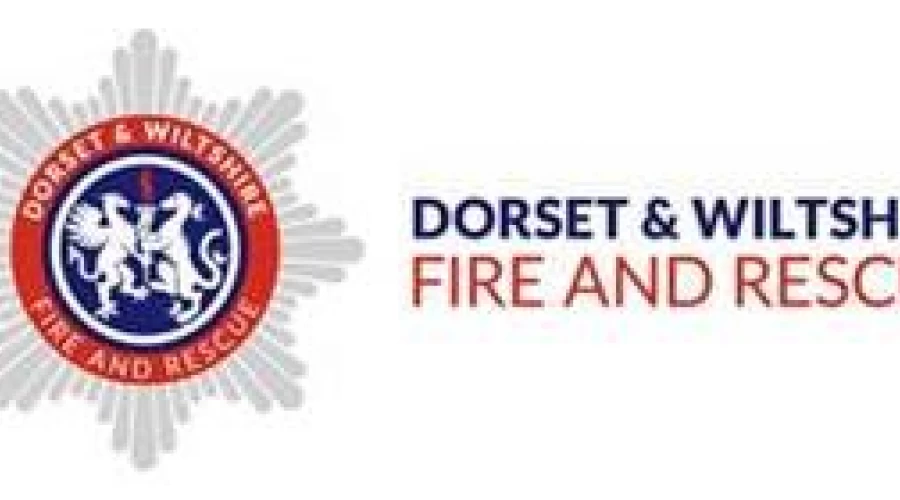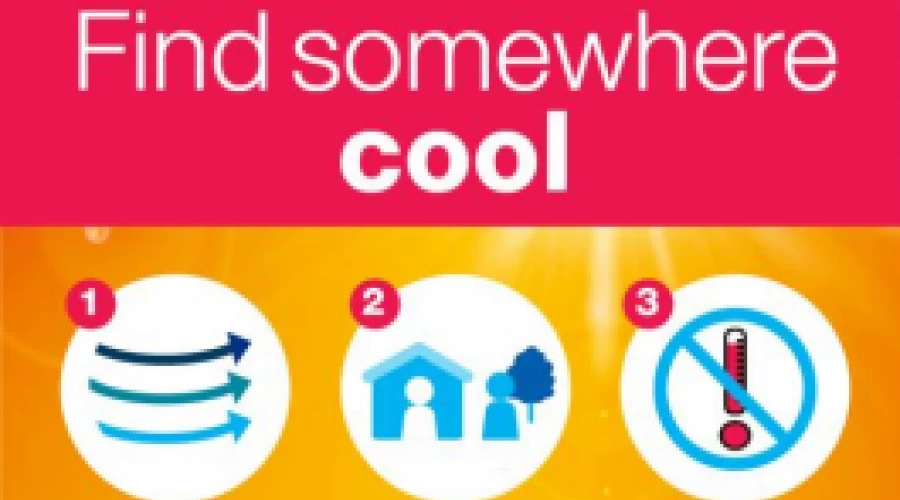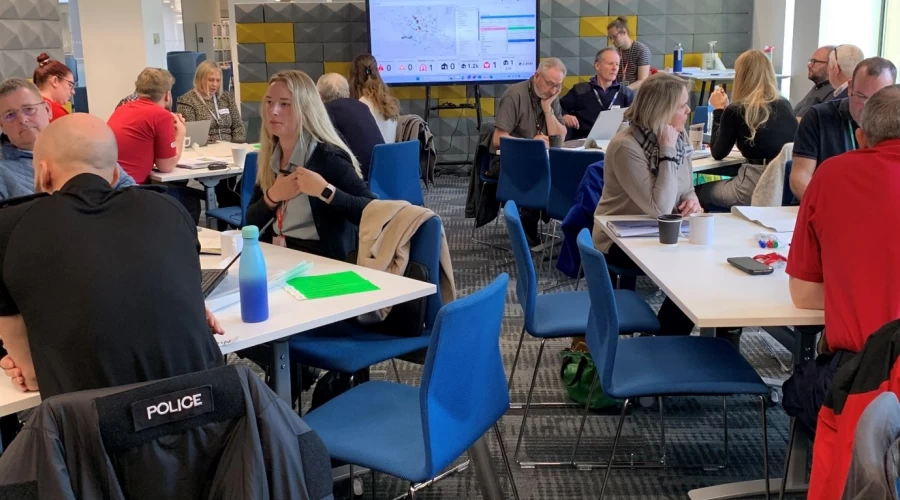Communities
What is Community Resilience? It can and is defined slightly differently by different organisations however they tend to all follow a similar line. The definition we use is:
“Communities and individuals harnessing resources and expertise to help themselves prepare for, respond to and recover from emergencies, in a way that complements the work of the emergency responders.”
Our culture in Wiltshire and Swindon is to encourage individuals, communities, and organisations to take responsibility alongside all LRF agencies to prepare for, respond to and recover from emergencies. We see Community Resilience as a core part of planning, response and recovery and are on a journey to embed it into all agencies’ working practices. All types of communities know their geographic areas, community make up and risks better than anyone else and we want to harness this expertise and knowledge to better prepare us for any future incidents.
As part of this we have created an LRF Community Resilience Strategy which will be available online in the coming months.
The LRF will also be using the Cabinet Office’s Community Resilience Development Framework (20190902-Community_Resilience_Development_Framework_Final.pdf (publishing.service.gov.uk)) as a basis for progressing Community Resilience and will generally follow the aim and objectives set out within it.
Related News

Royal Wootton Bassett fire station open day this Saturday
>1m read
Dorset & Wiltshire Fire and Rescue Service - Open Day
Community Types
As we move to identify Community Resilience further it is important to understand the different types of Community – this helps with understanding different needs, requirements and processes moving forward. The four below community types are referenced in the Cabinet Office’s Community Resilience Development Framework, 2019.
Geographical Communities
Geographic Communities may have recognised geographical boundaries such as parishes, wards or towns, or could be a result of proximity, for example, a street, tower block or village. The community is likely to be affected by the same type of natural hazard (such as flooding) and to have a shared local government/authority such as a parish council or ward councillor(s).
Communities of Interest
Communities of Interest consist of people who have affiliations resulting from their interactions with each other through a shared interest or work, such as sports clubs, parent groups, faith groups, online communities and business groups. Members of these communities are generally people voluntarily doing something together to achieve a common purpose.
Communities of Identity
Communities of Identity consist of people who have affiliations as a result of their shared culture such as religion, language, customs, sexuality, gender, disability etc.
Communities of Circumstance
Communities of Circumstance are created when groups of people are affected by the same incident, such as a train crash, and may form a community in the aftermath of an event. Although this sense of community may be temporary, some communities of circumstance grow and are sustained in the long-term following an emergency.
Much of community resilience planning focuses on geographic communities but we want to expand this and ensure we include all four types. To see how you can join in with Wiltshire Prepared and make our communities more resilient check out our other pages.



